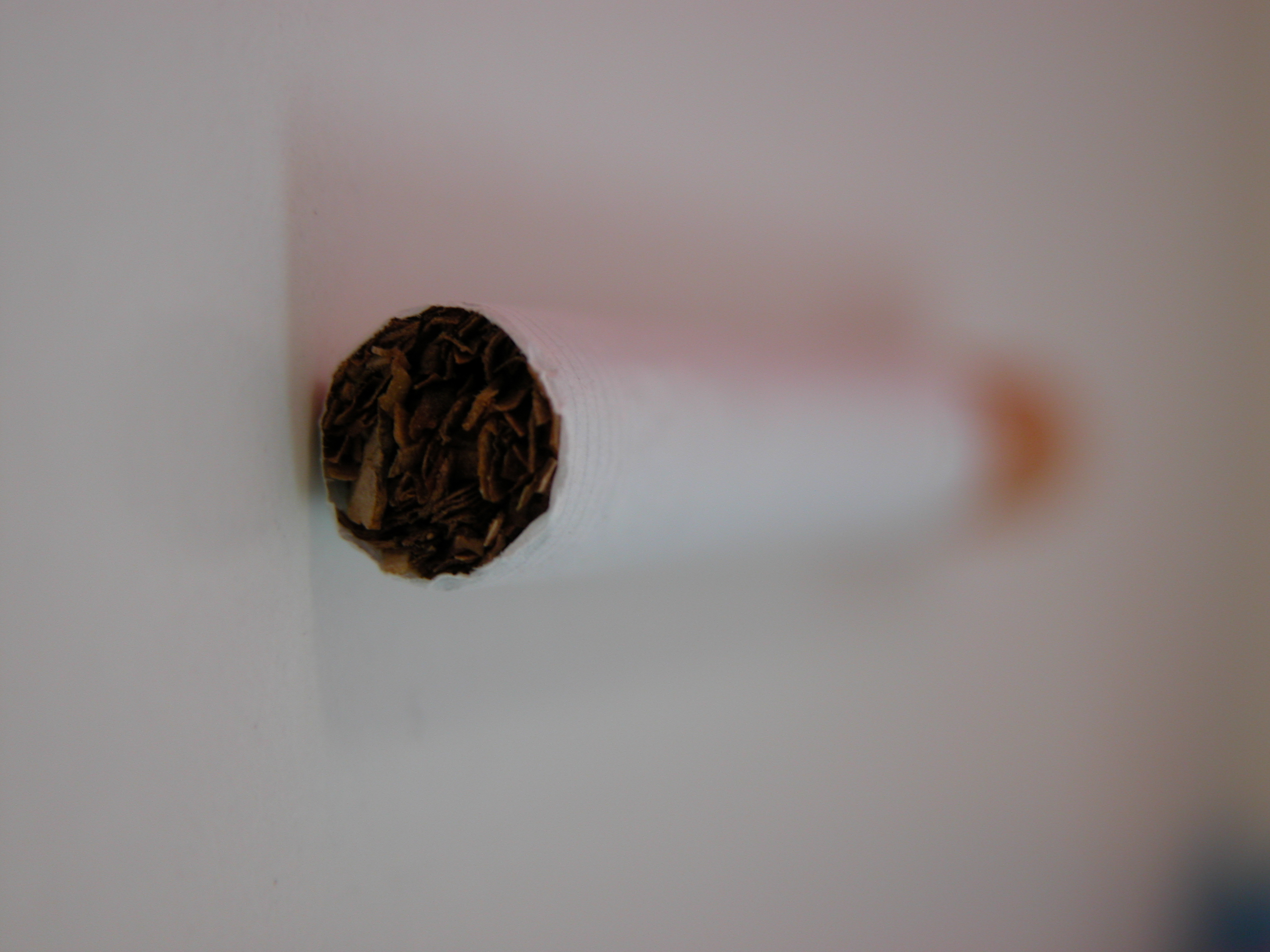A typical form of therapy now for localized prostate cancer is light therapy which makes use of excessive energy x rays to eliminate cancer cells.

These x rays may either be delivered using an external light beam or perhaps by implanting radiation' seeds' into the prostate gland.
External beam radiation therapy treatments are usually offered on a daily basis 5 times every week (Monday to Friday) for anything at all approximately aproximatelly six or maybe seven weeks and each treatment, which is painless, lasts for just a few minutes. (Such remedies are usually generally given to patients whose cancer is not localized on the prostate gland but has spread into the pelvis and may also be utilized to relieve pain and reduce tumors in cases of advanced prostate cancer.)
In cases where tumors are big it is also typical to give hormone treatment alongside radiation treatment to block the action of the male hormones which feed the development of prostate cancer tumors. Such hormonal treatments are usually continued for several months, as well as years.
External beam radiation targets not only the prostate gland but also the seminal vesicles, to which prostate cancer could conveniently spread. In earlier styles of this treatment it had also been common to irradiate the pelvic lymph nodes though today this is simply completed in a minority of cases where evidence indicates that this is required.
There are generally few fast side-effects to external beam radiation other than fatigue and possibly
diarrhea when light is used to the rectum, but both these soon pass once therapy is completed.
Longer-term affects include impotence which affects aproximatelly 40 % to 50 % of individuals. This particular figure is however declining with the launch of computer technology which now allows treatment to be tailored precisely to the structure of the individual with much more precise targeting than has previously been possible.

Turning to internal light therapy, this is a process in which dozens of tiny seeds are implanted straight into the prostate gland to supply a high dose of light straight into the affected tissue.
Ultrasound is
utilized to guide very thin needles from the perineum into the prostate gland to deposit the little seeds of
iodine and palladium in a pattern which has previously been mapped using a very advanced computer program. The procedure, which often takes about an hour, is carried out under the patient and local anesthetic is normally allowed home the very same day. One alternative approach is using better short-term seed implants which are launched over several days and possibly to combine this with low dose external light treatment. This particular procedure does however require hospitalization.